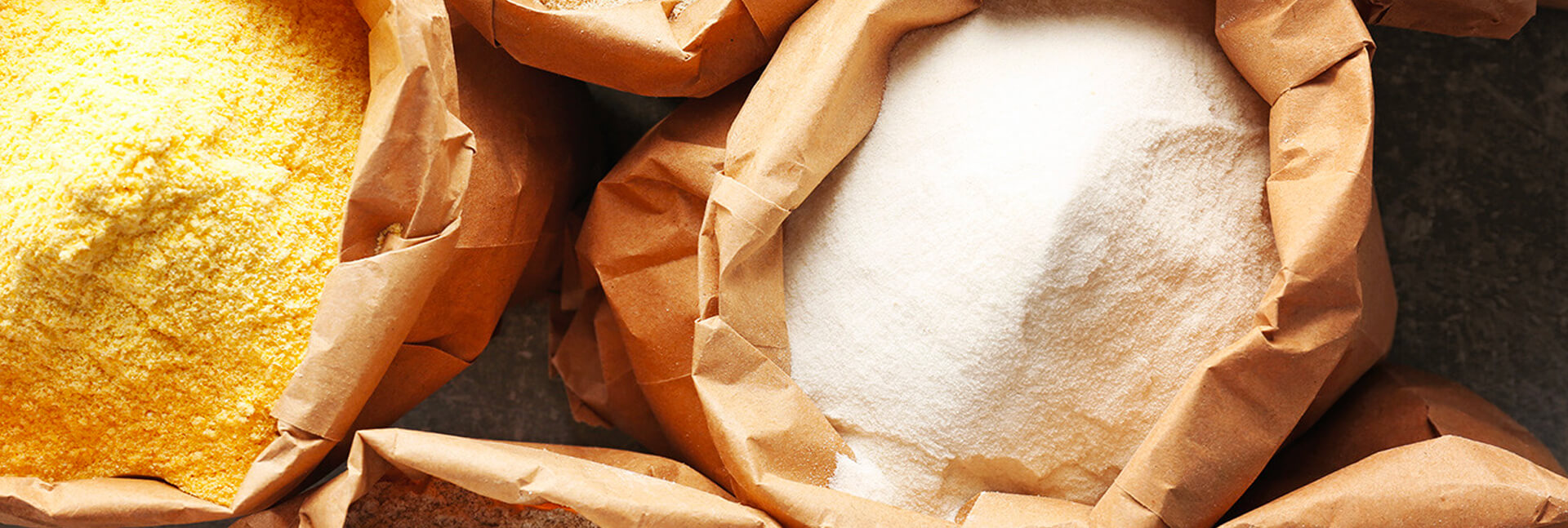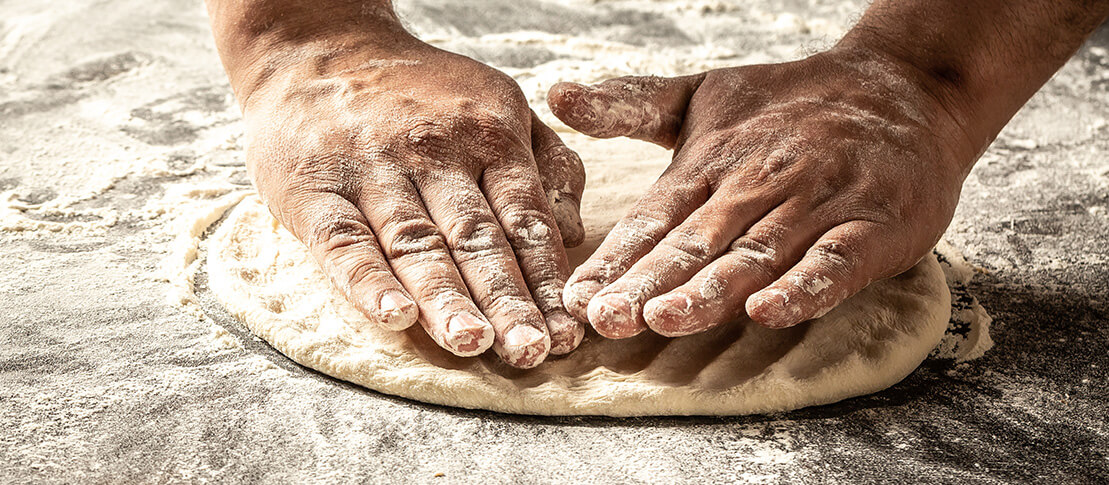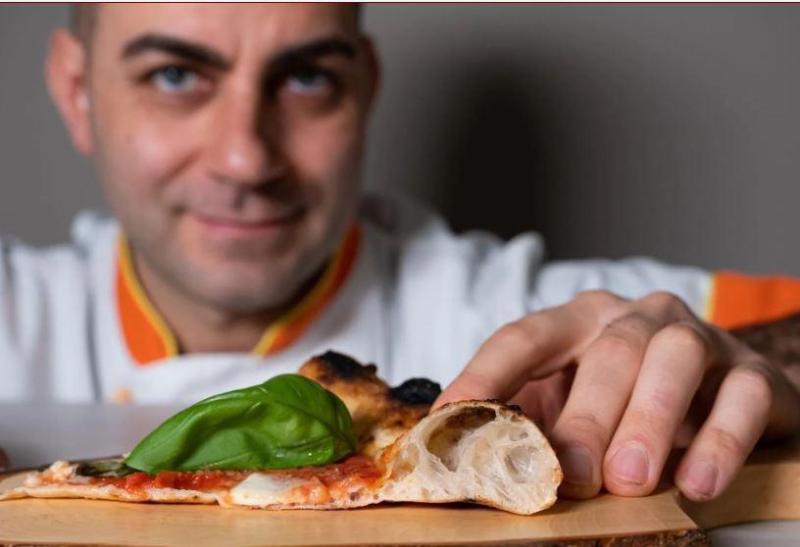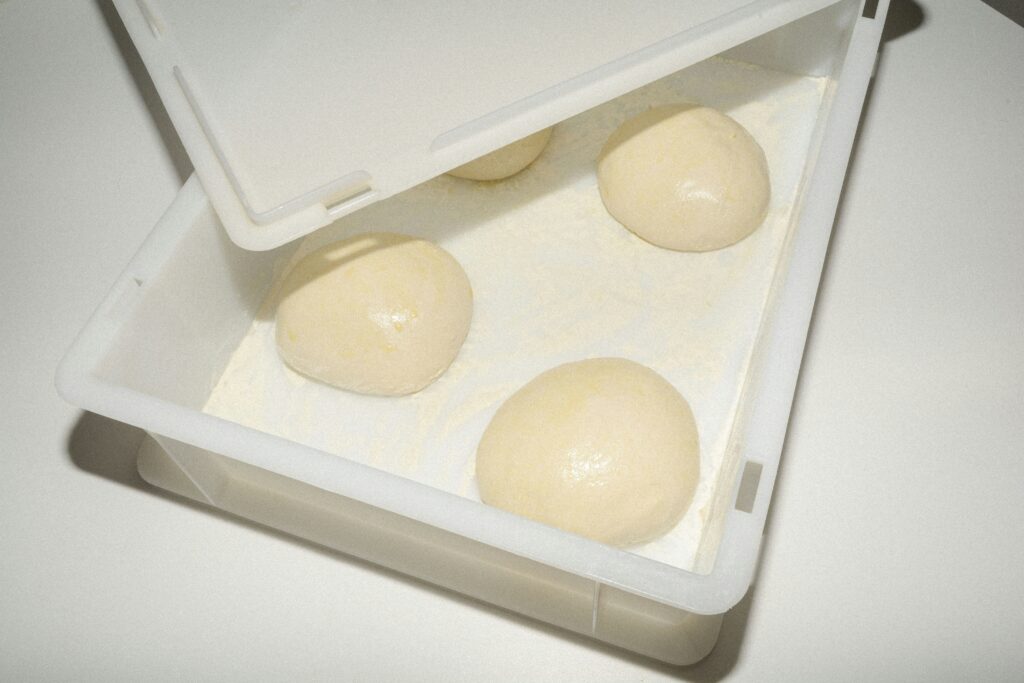
The trend of the moment is to make pizza dough with different types of flours. What aspects should be taken into consideration?
It is now a well established trend to propose in the menu some types of pizzas that are considered more refined or closer to the customer’s needs and realized with whole wheat or semi whole wheat flours or with cereals different from wheat; but what precautions should be taken when using these kinds of flour?
Blending together different flours requires a careful evaluation of W value, water absorption and P/L, which will inevitably change from the initial values. It happens more and more often that a pizza maker proposes dough made of rice, spelt, rye and oat flours – even in raw form – or soft wheat flours with different degrees of sifting, from 00 type to whole wheat ones, with considerable protein values and different characteristics; and yet, it also happens that they completely ignore some precious tricks useful to obtain quality dough.
The most specialized mills have in-house analysis laboratories with instruments capable of outlining every value of the produced and blended flour. Moreover, they perform continuous analysis, both when receiving wheat, to check that the necessary hygienic criteria are met in order to mill it, and to verify the organoleptic characteristics of the wheat variety to mill for obtaining certain types of flour. They also run tests after the milling process in order to create specific blends for different types of dough.
They allow the finished product to meet the criteria of health and safety necessary for marketing and provide a clear tool for measuring the different flours obtained from milling. Through instruments such as the Chopin Alveograph, the Brabender Amilograph and the Brabender Farinograph, it is possible to measure with extreme precision the water absorption index of flour, the development time of the dough, its stability, strength and P/L – that is the ratio between tenacity to extensibility. In short, using laboratory equipment and linear programming software, mills have the ability to put on the market balanced, precise flours that meet consumer needs.
Pizza makers, though, do not have any equipment that would allow them to have precise data, except for technical sheets, which however need a support to be properly read and understood.

In order to blend flours with high bran content, the pizza maker must carefully evaluate some aspects. We have highlighted at least three of them that are very important:
-
The higher presence of bran (the most external part of wheat grain) in whole wheat, type 2 and type 1 flour implies a higher absorption of liquids; therefore it will be necessary to add water to the dough.
-
The quantity of salt: the use of whole wheat flours where mineral salts content is higher due to the bran content, makes it necessary to carefully evaluate the right percentage of salt in the recipe, in order to obtain a proper leavening.
-
The alveographic values such as P/L that is the ratio between dough tenacity to extensibility, which must be in line with flour suitable for pizzeria use. The correct values are between 0.5 and 0.7. In case of flour having a P/L higher than 0.7, or flour having a high FN (Falling Number) index – which indicates a low amylasic activity – it is important to prefer autolysis. It consists in kneading only water and flour for at least 30 minutes up to 60/120 minutes, in order to obtain an optimal dough growth, stronger aromas and higher elasticity and workability, ensuring the gluten structure not to damage.
In conclusion, even without having sophisticated equipment, evaluating the correct absorption of water when using blended flour, the right amount of salt and the ratio between elasticity to tenacity allows the professional to start with the right foot in order to be successful, without forgetting that experimenting and making mistakes are fundamental steps to grow.



